T4ERI Roundtable: Fostering Public Engagement in R&I
Exploring Mechanisms and Best Practices for Fostering Public Engagement with Science Communication, Open Science and Citizen Science
21 May 2024 | University of Trieste
- event for: research communities
- form of the event: hybrid roundtable
- date: 21 May 2024, 17:30-19:00 CET
About
Citizen science, science communication, and open science are potent tools for involving the public in scientific pursuits, promoting transparency, and fostering collaboration. However, early career researchers often need help navigating these domains effectively with limited resources, institutional constraints, and a need for more mentorship. This roundtable, crucial in its role, aims to tackle these challenges by providing a platform for sharing experiences and practical solutions.
Key topics to be explored include: strategies for effectively engaging diverse communities in citizen science projects; innovative approaches for communicating scientific findings to non-specialist audiences; the importance of fostering open and inclusive research practices.
Additionally, discussions will centre on the role of mentorship, professional development opportunities, and interdisciplinary collaboration in supporting early career researchers in their public engagement efforts. Through dynamic and interactive dialogue, participants can glean valuable insights, learn from each other’s experiences, and develop a toolkit of effective practices for enhancing public engagement with science. By empowering early career researchers to actively participate in citizen science, science communication, and open science initiatives, this roundtable seeks to foster a culture of public trust, collaboration, and innovation within the scientific community.
The round table will consist of two sessions. In the first one, three experts on the key topics of the meeting (public engagement/citizen science, science communication, and open science) will delve into the most significant issues. In the second part, drawing on three practices of public engagement we aim to stimulate a debate involving the audience.




